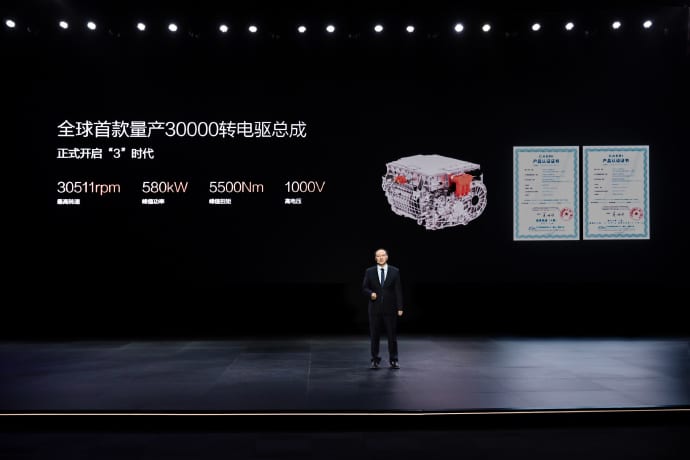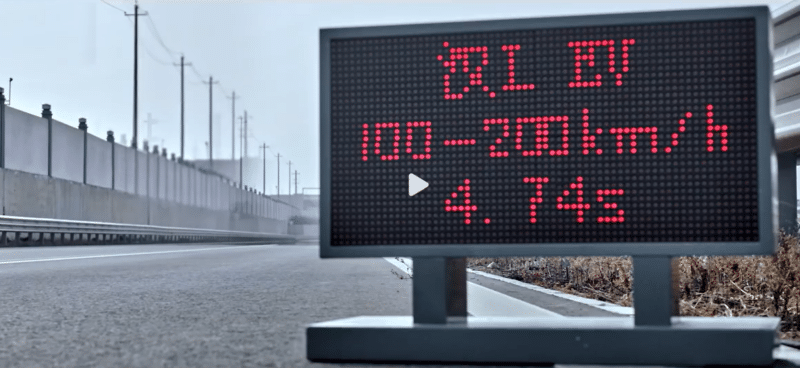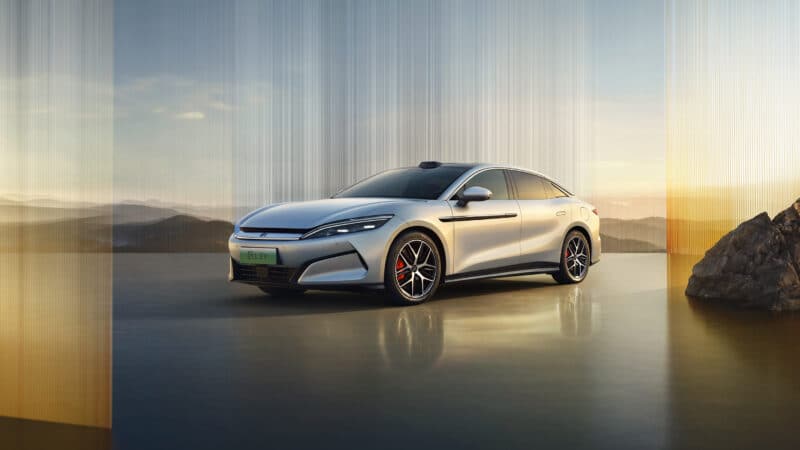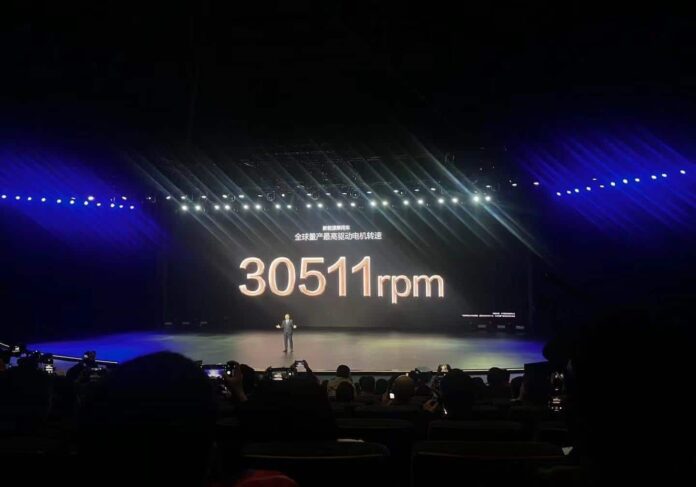Recently, BYD released the 1000V charging system and introduced a high-performance drive motor with 30,511 rpm and 580 kW (778 Ps) per module, making it one of the top-tier mass-produced motors in the industry. It is faster than Xiaomi’s V8s 27200 rpm motor, which is placed on the Xiaomi SU7 Ultra, and the 20000 rpm motor on the Tesla Plaid S.

The motor features N50EH high-energy magnets, boosting magnetic performance by 18%. It reduces current losses by 44%. A 0.2mm ultra-thin silicon steel sheet minimizes iron loss, and a 10-layer short-distance winding design lowers copper loss by 21%. Additionally, dynamic balance precision is controlled within 50mg (the industry standard is 100mg). It is paired with BYD’s self-developed 1500V silicon carbide (SiC) power module, and the direct cooling refrigerant technology optimizes heat dissipation.
Surprisingly, this motor will be first equipped on Han L and Tang L, a mid-tier sedan and SUV designed for family use, instead of its luxury line, Yangwang U9 or U7. Later, BYD released a speed test video. Han L reaches 100km/h in just 2.7 seconds and 100km/hr to 200km/h in 4.74 seconds. Tang L reaches 100km/h in 3.6s and 100km/h to 200km/h in 6.19s. These are very impressive records for family cars.


This has raised concerns on the internet regarding the issue of technology surplus. Unlike Xiaomi SU7 Ultra, a high-performer targeting young speed lovers. Han L and Tang L were seen as more family-suited and conventional. Some are concerned about road safety and questioned whether a 40-year-old female who is used to driving cars like the Honda CR-V can handle such a speed machine. We hope that BYD has thought about it at the beginning and set a practice trial to unlock the highest-performance driving mode, just like Xiaomi did.
Source: Weibo


